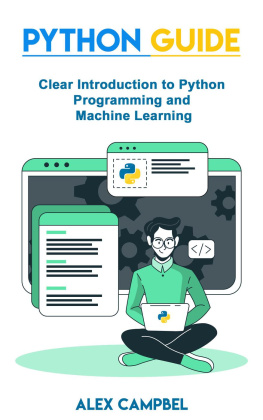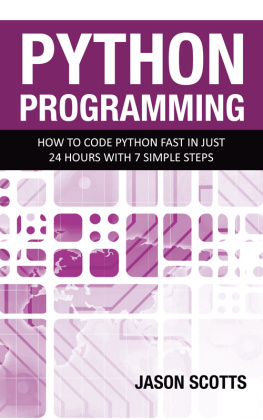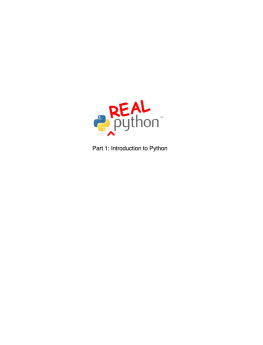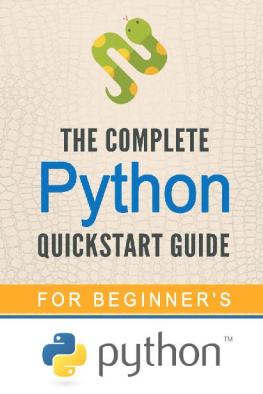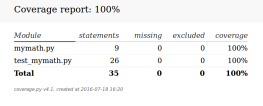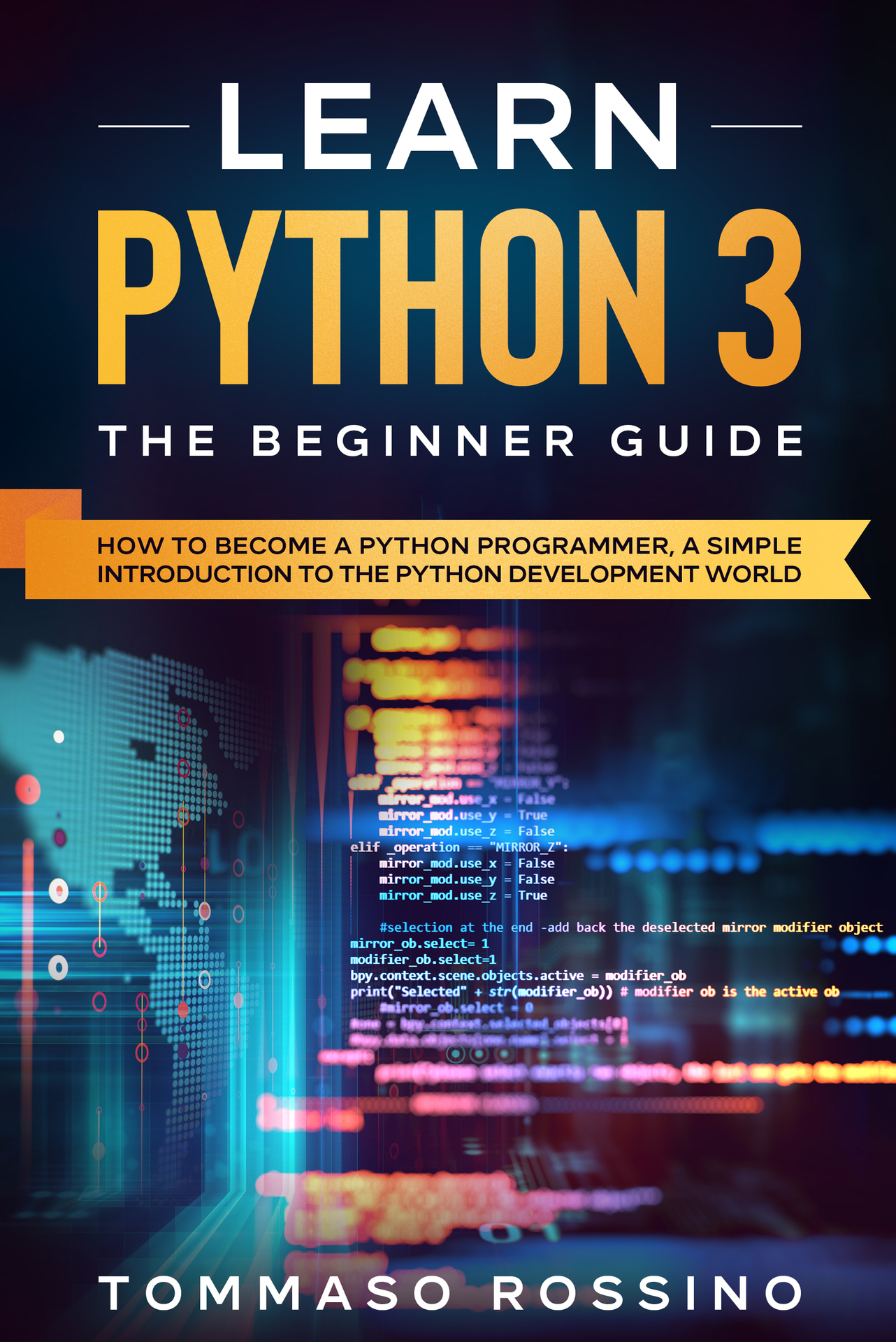LEARN PYTHON 3
THE
BEGINNER GUIDE
How to become a Python programmer, a simple introduction to the Python development world
By:
Tommaso Rossino
Copyright 2020 by Tommaso Rossino.
All Rights Reserved
No part of this book may be reproduced or transmitted in any form or by any means, electronic or mechanical, including photocopying, recording or by any information storage and retrieval system, without written permission from the author, except for the inclusion of brief quotations in review.
All rights reserved. No part of this book may be used or reproduced in any manner whatsoever without the written permission of the copyright holder and the publisher.
Description
Im sure, by now maybe you know that Python is a super-popular programming language used by everyone from web developers to data scientists to web security to artificial intelligence. Meaning that once you learn Python, the doors are wide open as far as your career options in information technology. But you might still be wondering what exactly Python looks like and how it works. Until you read through this e-book, its hard to understand what its all about.
Weve rounded up the basics and concepts of python programming to show you exactly how Python functions in the wild. Each of these Python programming concepts, functions and framework are explained in details with core examples.
You KNOW you need to learn it, so what are you waiting for?
CONTENTS
LEARN PYTHON 3
2.3 Modules
2.4 The import Statement
3.3 The Infinite Loop
3.4 Using else Statement with Loops
3.7 Using else Statement with Loops
3.8 Loop Control Statements
INTRODUCTION
One of the greatest object oriented programming language of the twenty-first century is Python programming. It was conceived in the late 1980s and its implementation was started in December 1989 by Guido van Rossum at Centrum Wiskunde& Informatica (CWI)- a national research institute for mathematics and computer science in the Netherlands, as a successor to ABC programming language (language inspired by SETL) capable of exception handling and interfacing with the Amoeba operating system.
While you may know the python as a large snake, the name of the Python programming language comes from when Guido van Rossum was reading the published scripts of an old BBC comedy sketch series called ''Monty Python's Flying Circus'' from the 1970s.
He thought he needed a name that was short, unique, and slightly mysterious, so he decided to call the language Python.
One of the amazing features of Python is the fact that it is actually one person's work.
Usually, new programming languages are developed and published by large companies employing lots of professionals, and due to copyright rules, it is very hard to name any of the people involved in the project, but Python is an exception.
Of course, Guidovan Rossum did not develop and evolve all the Python components himself. The speed with which Python has spread around the world is a result of the continuous work of thousands (very often anonymous) programmers, testers, users (many of them aren't IT specialists) and enthusiasts, but it must be said that the very first idea (the seed from which Python sprouted) came to one head Guido's.
Python is one of those rare languages which can claim to be both SIMPLE and POWERFUL. You can learn python without facing any issues.It requires little in the way of specialized equipment; the software tools can all be downloaded for free off the Internet, and it can be practiced in the safety and comfort of your own home, without having to ask anyone's permission. It has efficient high-level data structures and a simple but effective approach to object-oriented programming.
Its elegant syntax and dynamic typing, together with interpreted nature, make it an ideal language for scripting and rapid application development in many areas on most platforms.
It has the right combination of performance and features that make writing programs in Python both fun and easy.
You will find yourself pleasantly surprised to see how easy it is to concentrate on the solution to the problem rather than the syntax and structure of the language you are programming in.
Why Choose Python?
If you're going to write computer codes, there are actually dozens of programming languages to choose from. Why choose python? Here are some reasons that make Python an appealing programming language:
Python is Popular
Python has been increasing in popularity over the past few years. According to the 2018 stack overflow developer survey, Python was ranked as the 7th most famous language and the most sought after technology of the year. World class software Development Company use Python programming language on a daily basis.
According to a research conducted by dice, Python is also one of the hottest skill to have and the sought after programming language in the world based on the popularity of programming language index.
Due to the recognition and general use of python as a programming language, Python developers are needed on a daily basis, with an attractive package and pay as well.
Python as an Interpreted Language
Many programming languages are compiled. This implies that, the source code need to be translated into a language that can be interpreted by the computer, that is, a language that can only be understood by the computer system processor, before it may run. While as, source codes written in an interpreted language such as python are passed instantly to an interpreter that runs them instantly without delay.
This makes for a faster development because you just input your code and run it, without the intermediate compilation step.
One visible downside to interpreted languages are the speed at which such code is executed. Programs which might be than compiled into the native language of the laptop processor have a tendency to run more quickly interpreted programs. For a few programs which can be computationally extensive, like image processing or severe quantity crunching, this may be limiting.
In practical terms, however, for some language, the difference in the speed of execution is measured in milliseconds, or seconds at most and now not significantly great to the user. The expediency of coding in an interpreted language is usually worth it for a lot of applications.
Python is Open Source
The python interpreter is developed beneath an OSI-accepted open-supply license, making it free for anyone to install, use, distribute, even for industrial or commercial purposes.


